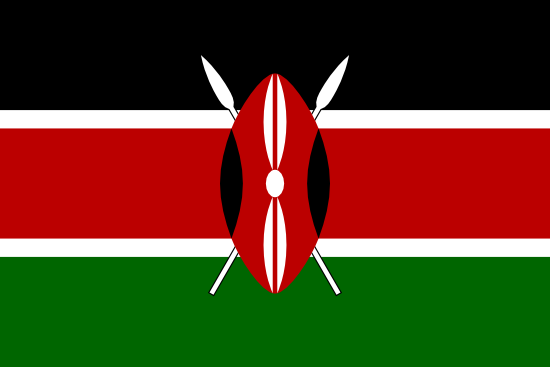Biodiversity threats
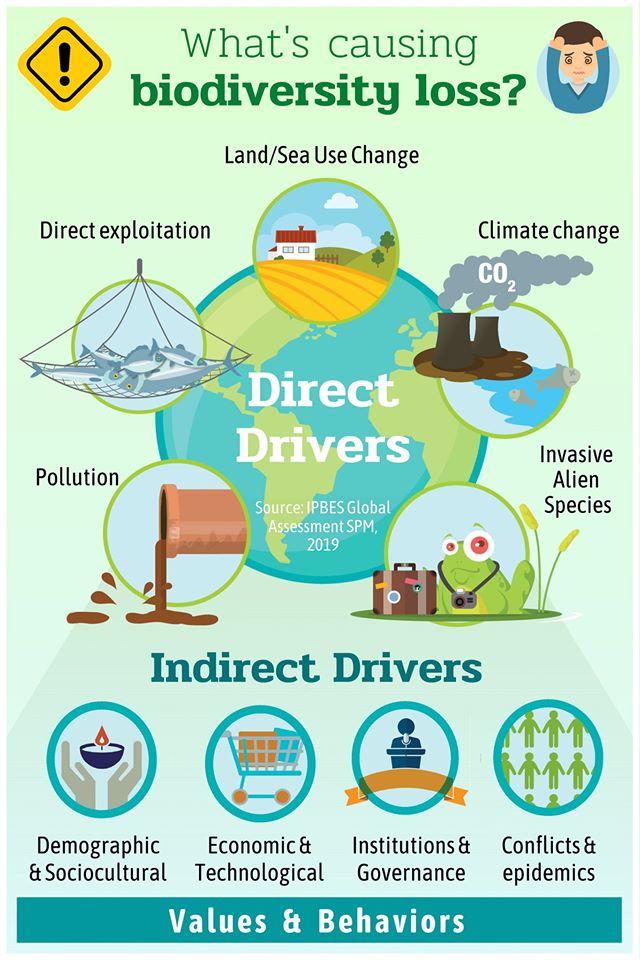
Drivers of biodiversity loss
The richness of species diversity, health of ecosystems and habitats has been declined in recent decades for a number of reasons.
Indeed, there are many drivers of biodiversity loss in Kenya , among which some are direct and dynamic while the others are indirect. Direct threat includes landuse change, habitat destruction, introduction of invasive alien species etc. On the other hand, indirect threats are economic system and policy of the country; unsustainable exploitation of resources and weak management system; gaps in spatial information, lack of public awareness etc.
The main cause of the loss of biodiversity can be attributed to the influence of human beings on the world’s ecosystem, In fact human beings have deeply altered the environment, and have modified the territory, exploiting the species directly, for example by fishing and hunting, changing the biogeochemical cycles and transferring species from one area to another of the Planet.
Rapid population growth
Kenya’s human population growth rate presents an overarching threat to the country’s biodiversity, one upon which all other threats stem from. The population continues to grow at an estimated 2.9 percent per year –far faster than food production. Kenya’s population stands at about 47 million (census 2019). From a population of about 8 million in 1960, the population is projected to reach 51 million by 2025 exerting pressure on biodiversity habitats and land resources; poverty leading to unsustainable use of land resources and biodiversity
- ncrease in population will lead to alteration and loss of the habitats: the transformation of the natural areas determines not only the loss of the vegetable species, but also a decrease in the animal species associated to them.Habitat change through conversion to cropland for urban areas and other human-dominated landscapes.
Kenya’s growing population
A population projected to reach 97 million by 2050 coupled with urban crowding will place heavy pressure on Kenya’s natural
resources and biodiversity. © Carlos Fernandez/flickr. Source Kenya biodiversity atlas
Agricultural expansion: Agriculture and livestock production remain the main sources of livelihood for the majority of Kenyans, thus average land holding per rural household had dropped to less than 1/5 hectare. Agricultural expansion has lead to serious land degradation and massive soil erosion driven by poor farming methods. Crop yields are on the decline, rivers, dams, lakes and, the Indian Ocean are experiencing severe sedimentation. Most of the agrochemicals find their way into water bodies, causing serious pollution and eutrophication. The Lake Naivasha is a case in point due to extensive flower farming around it.
Agricultural activities threat to biodiversity
Changes in habitat patch size, proximity of habitat patches, and the amount of edge-habitat also can affect wildlife populations by negatively affecting reproductive success, survival, and/or immigration rates in the remaining habitats.
Encroachment into protect sites of particular importance for biodiversity
Recent findings show that recent abrupt land changes, like deforestation or intensification through agriculture,fragmentation and loss of habitat can cause even more impactful and long-lasting damage to biodiversity than previously thought.
2) Introduction of exotic species and genetically modified organisms: species originating from a particular area, introduced into new natural environments can lead to different forms of imbalance in the ecological equilibrium. Refer to, “Introduction of exotic species and genetically modified organisms
Water hyacinth threat to Lake Victoria biodiversity
Uncontroled pathways for the introduction of invasive alien species, increased rate of new introductions invasive alien speciesA number of species have recently emerged as particularly serious threats. The tick berry (Lantana camara) has already invaded a number of parks, including Nairobi and Oldonyo national parks. It forms dense, bushy undergrowth that inhibits the growth of the natural vegetation. The Velvet mesquite (Prosopis juliflora), while not yet recorded in any protected areas, is already a serious problem to native plant species in several parts of the country. Aquatic and wetland biodiversity is seriously compromised by alien invasives. Notable among these is the water hyacinth (Eichhornia crassipes), that has been described as the world’s worst aquatic weed. The Red water fern (Azolla filiculoides) has already been described as rampant in the wetlands of Amboseli.
3) Change in hydrological regime: Reduction of upstream flow is one of the major causes of concern for reducing biodiversity of the country. Additionally, changes in land use and development of numerous flood management infrastructures have also played key role to change the hydrological cycle of the country. Other infrastructures such as roads and railways have also created obstacles for the waterways.
These changes in hydrological regime not only reduced the fish production by changing the migration routes and spawning grounds but also influencing negatively the habitat quality of many other aquatic and terrestrial wildlife by changing the water availability for their existence. Reduction in the availability of freshwater is posing severe threat to the species composition and biodiversity of Lake Victoria, the largest freshwater lake in Africa
Building of dams and water pans affects biodiversity
Population amphibians and reptiles are shrinking fast due to the destruction of their habitats. It is highly probable that many amphibian species may become extinct even before the discovery of their presence in lakes.
4) Pollution: human activity influences the natural environment producing negative, direct or indirect, effects that alter the flow of energy, the chemical and physical constitution of the environment and abundance of the species;Increased pollution comes from excess nutrients, biocides, plastic waste and other sources.
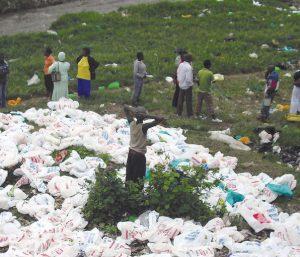
With the increase of industrial units across the country without having effective waste management practices, the pollution level for both terrestrial as well as aquatic habitat is on the rise. Many of these small scale industries are dumping their waste directly into neighbouring agricultural fields or water bodies. The situation is extremely bad for water bodies near all the major cities of the country. The situation is further worsened because of the release of untreated sewage from most of the cities. Agricultural run-off, growing use of agricultural chemicals such as fertilizers and pesticides, are major source of pollutant across the country posing potential threat to the genetic resources to be faded out. Plastic waste end up into the rivers and ocean.

Increased pollution is threatening the sustainable use of Lake Victoria, a vital resource for the East African region.the problem facing the lake ranges from lack of clean drinking water, public toilets, and pitiable infrastructure such as roads.
With rise of population in Nakuru ,flora and fauna in Lake Nakuru a protected wetland and A UNESCO World Heritage Site is threated by increasing levels of pollution especially from untreated sewage,chemicals and industrial waste. Sewage from Nakuru is not effectively recycled and industrial and chemical waste generated by factories flow into the lake. This could explain disappearance of flamingos in the lake.
5) Climate change: Kenya is one of the most vulnerable countries to climate changes, variability and extreme events and the country is suffering from severe impacts because of its low-lying nature and dense population.
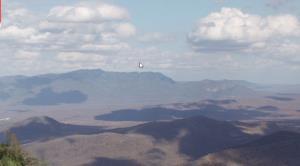
The full unravelling of climate change, expected to involve more rainfall over much of eastern Africa, could lead to improved conditions for crop cultivation and enhance pressure from land use change. Most climate projections indicate that, on average, annual temperature is likely rise 1- 4°C by the end of the century with the country is likely to become wetter in both rainy seasons. Rainfall is projected to increase especially in northern and western Kenya. Consequently flood and drought events are likely to increase in both frequency and severity having negative impacts on biodiversity and food security.
Global warming seriously affecting biodiversity example, heating of the Earth’s surface affects biodiversity because it endangers all the species that adapted to the cold due to the latitude (the Polar species) or the altitude (mountain species).
The coastal zone including the mangrove ecosystem, Forests and agricultural systems are now vulnerable to increased incidents of disease and pest outbreaks as a result of changing climatic conditions. Moreover, with
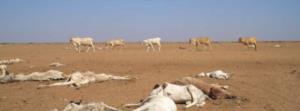
the ensuing threat of climatic changes, the existing agroecosystems of the country could be under heavy pressure to feed the population. Species that have long reproductive cycles would have particularly critical adaptation needs. Climate change also makes wildlife populations prone to new diseases. Pic: Droughts affects wildlife populations
6) Overexploitation of biological resources: when the activities connected with capturing and harvesting (hunting, fishing, farming) a renewable natural resource in a particular area is excessively intense, the resource itself may become exhausted, as for example, is the case of sardines, herrings, cod, tuna and many other species that man captures without leaving enough time for the organisms to reproduce.
Pic: Rhino species threated by poaching
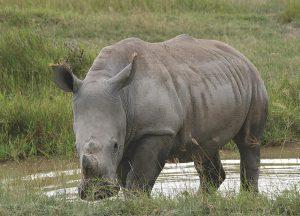
Poaching and uncontrolled harvesting trade and use of wild species are major contributors to the decline of biodiversity. The seriousness of poaching is well known, especially in relation to elephants and rhino. Poaching for meat and trophies has been responsible for the precipitous declines in several other species over the last 30-40 years. According to DRSRS estimates, the biggest declines were registered by the Hunter’s hartebeest or hirola (Beatragus hunteri) with numbers dropping by 77% over the 1970s-1980s. Lesser kudu declined 71% over the same period. The late 1980s and 1990s ushered in an era of heavy declines in Grevy’s zebra (Equus grevyi) at (74%).
